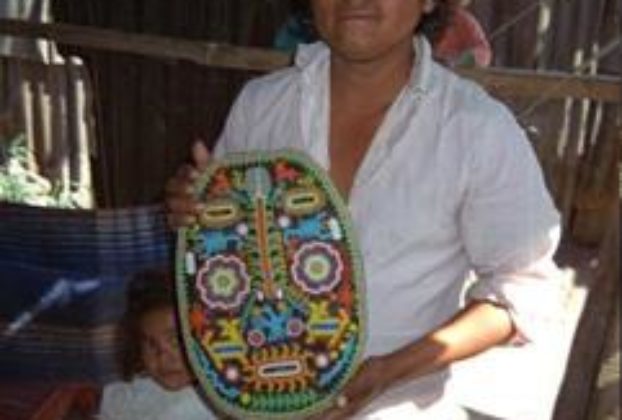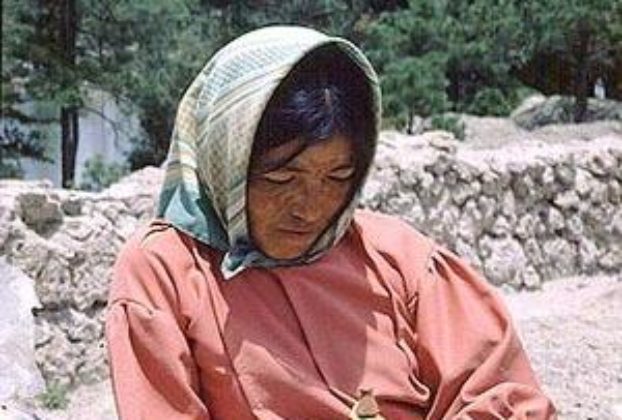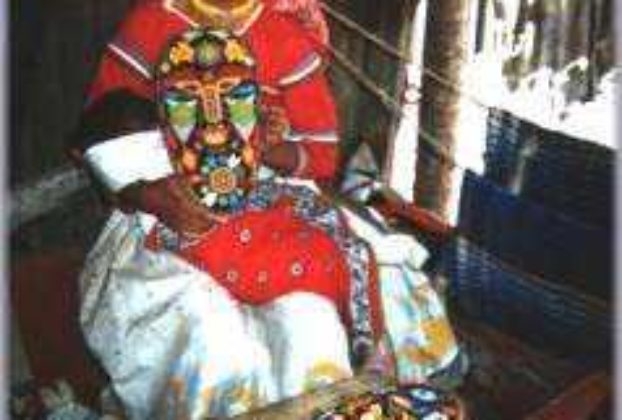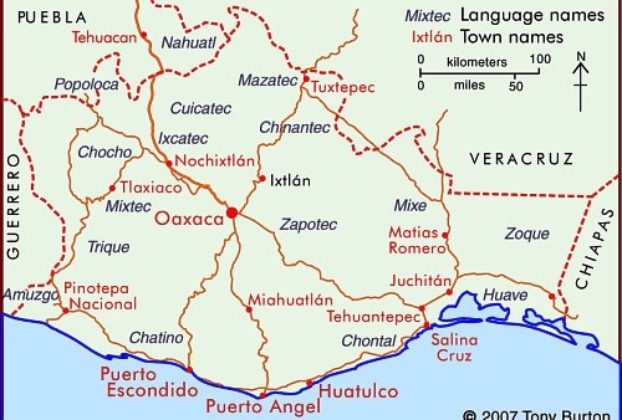Huichol artwork and how to care for it
The art is made by overlaying carved wood or gourds — in the case of ceremonial bowls — with a beeswax – pine resin mixture, then meticulously placing the beads on this sticky base, by hand, one by one until all of the patterns seen by the minds eye take form and resolve into a […]
Continue Reading





